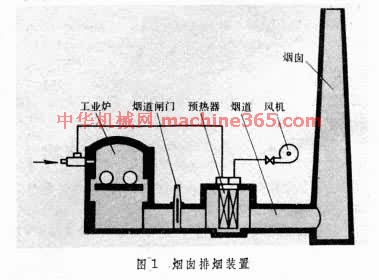1) photographic industry


照相工业
1.
Through a study of the development history of modern photographic industry,especially a comprehensive analysis of miscellaneous problems encountered in different stages of the exploration of its main technologies and techniques applied,and practical advancements achieved,the author presents a discussion of the importance of theoretical analysis to guide the.
通过对现代照相工业发展历程的研究,尤其对其重要新工艺与新技术开发过程的不同阶段所遇到的问题和所得的实际成就的综合分析,在本文探索了“理论分析指导工程实践”的重要意义,其中包括:工业技术开发,改造与创新。
2) industrial radiography


工业射线照相
1.
In this article,based on the practicle application of non-destructive examination,will be given an outline of the sensitometric characteristics and quality requirements and selection considerations of X-ray films in industrial radiography,making an attempt to propose some opinions about complying with the international standards on the manufacture and use of industrial radiographic films.
摘要从无损检测实际应用角度,概述工业射线照相对射线胶片的性能和质量要求及选用考虑。
2.
This paper presents a full text of Standard Test Method for Classification of Film Systems for Industrial Radiography published by ASTM and points out its importance in the promotion of the development of industrial radiographic film and industrial radiography technology to perform in line with international norm and keep abreast with world advanced standard.
本文介绍了美国试验与材料学会制订的关于工业射线照相用胶片系统分类的测试方法标准,并指出了其对促进我国工业射线胶片和射线照相技术的发展,与国际接轨,达到世界先进水平的重要性。
3.
These can be carried out mainly by checking the gradient (G) and gradient/noise ratio(G/σ0)of film systems at a specific density by using PMC slabs and classifying them according to the data obtained, thus ensuring the required image quality level in industrial radiography.
此法的要点是利用PMC片验证胶片系统在一定黑度下的梯度G和梯噪比G/oo,以此划类分级,确保工业射线照相象质水平。
3) industrial gammagraphy


工业γ照相法
4) industrial radiography


工业放射照相法
5) photographic industry wastewater


照相工业废水
6) industrial radiography


工业射线照相法
补充资料:工业炉:工业炉排烟系统
利用烟囱或机械装置将工业炉炉膛内的烟气排出炉外的系统。保证排烟通畅是工业炉正常使用的重要条件﹐排烟不通畅时﹐炉膛压力昇高﹐从炉膛四周的缝隙会逸出大量烟气而增加炉子的热损失﹐影响炉内气流的均匀分布﹐降低炉温均匀性﹐恶化操作环境。
排烟系统是由產生抽力的排烟装置和排送烟气的烟道所组成。常用的排烟装置有烟囱(图1 烟囱排烟装置  )﹑引风机或喷射管(图2 机械排烟装置
)﹑引风机或喷射管(图2 机械排烟装置  )等。
)等。
烟囱排烟是靠流入烟囱内热烟气密度小於烟囱外空气密度所產生的浮力﹐以克服烟道的阻力。利用引风机也可将烟气排出﹐或在排烟系统中某一部位装设一个喷射管﹐用高速喷射气体所產生的负压排出烟气。烟囱排烟不消耗动力﹐排烟温度不受限制。当排烟阻力很大而工业炉又间断运行时﹐可用引风机或喷射管排烟。喷射管适用於排除高温烟气﹔引风机适用於排除低温烟气。
烟囱分为砖砌烟囱﹑混凝土烟囱和钢板烟囱。烟道有地下烟道和架空烟道两种。地下烟道多用砖砌﹐架空烟道宜採用衬有耐火材料的钢板製成。
为了减少烟气对环境的污染﹐或因节能需要而在烟道内设置预热器时﹐都需要儘量提高烟囱高度并增加烟囱出口处的烟气流速﹐使之大於当地最大风速或至少不低於3米/秒﹐以避免烟气中的有害气体和烟尘向地面扩散。当烟囱高度达50米以上时﹐烟囱顶部的风速为地面处风速的数倍。烟气到达地面时已在离烟囱很远的地方﹐这时烟气已在逐步扩散中稀释到无害的程度。对燃烧固体燃料的工业炉﹐在排烟系统中还要设置各种形式的除尘器﹐使烟气排出时的含尘浓度降低到200微克/米3以下。
说明:补充资料仅用于学习参考,请勿用于其它任何用途。
参考词条